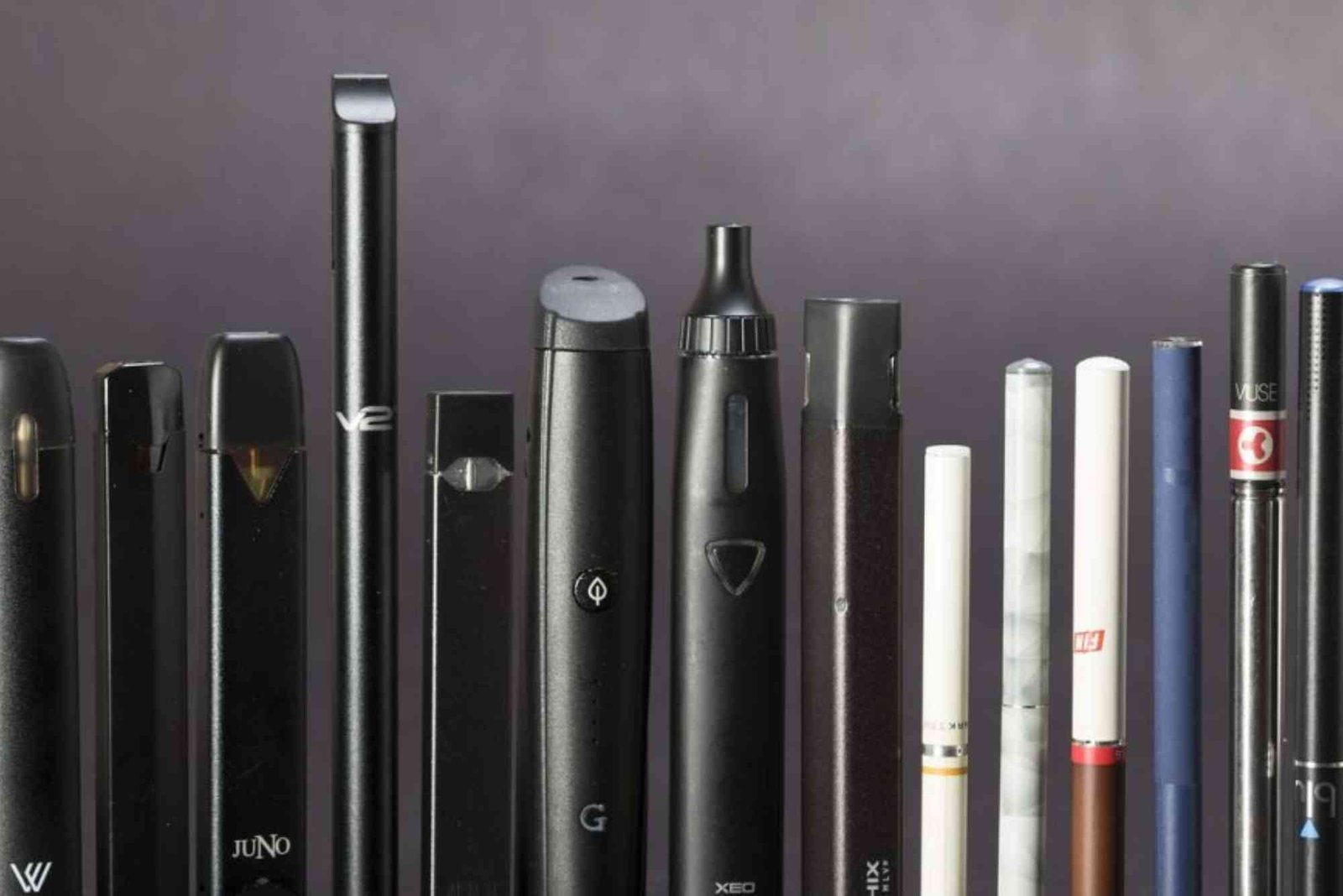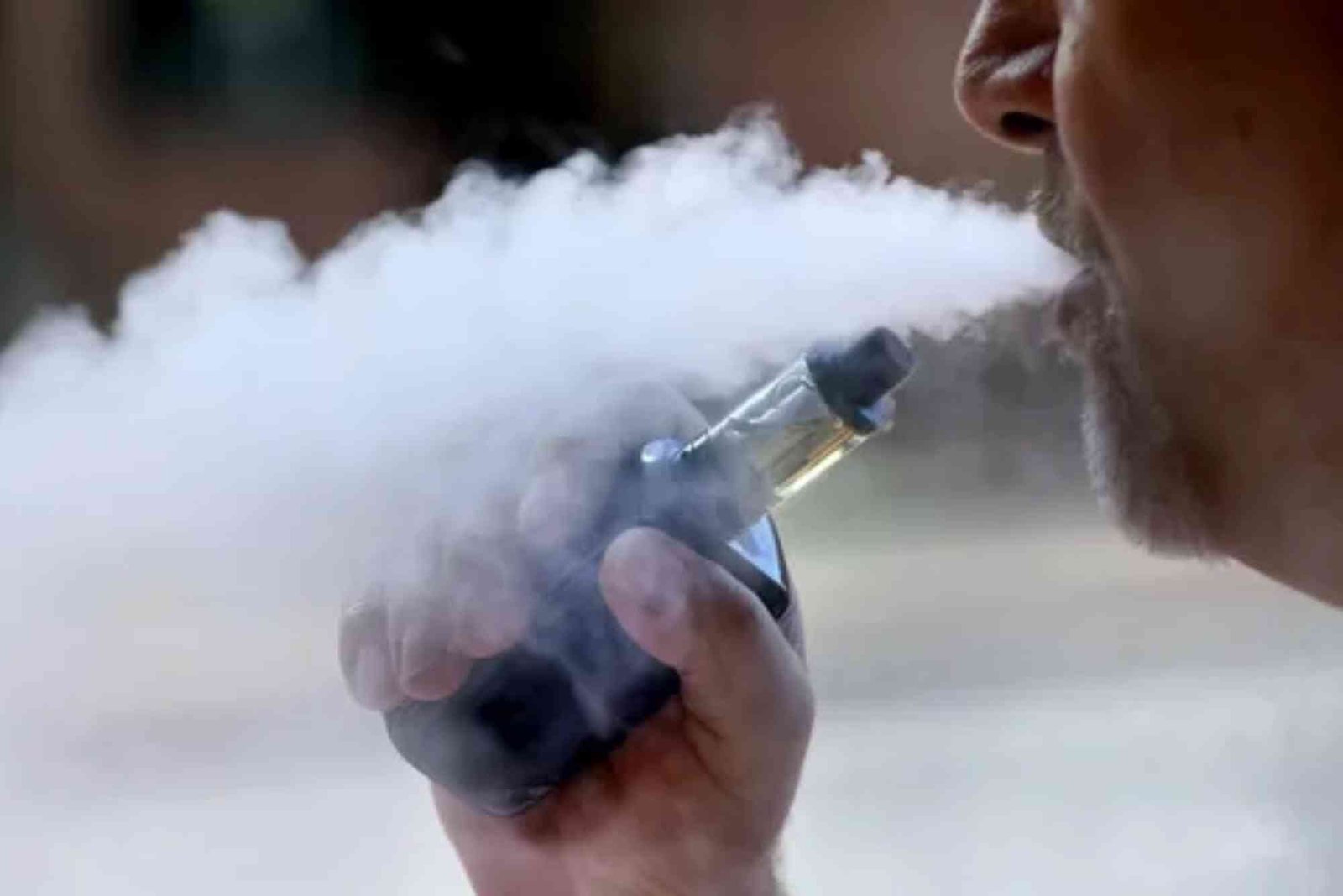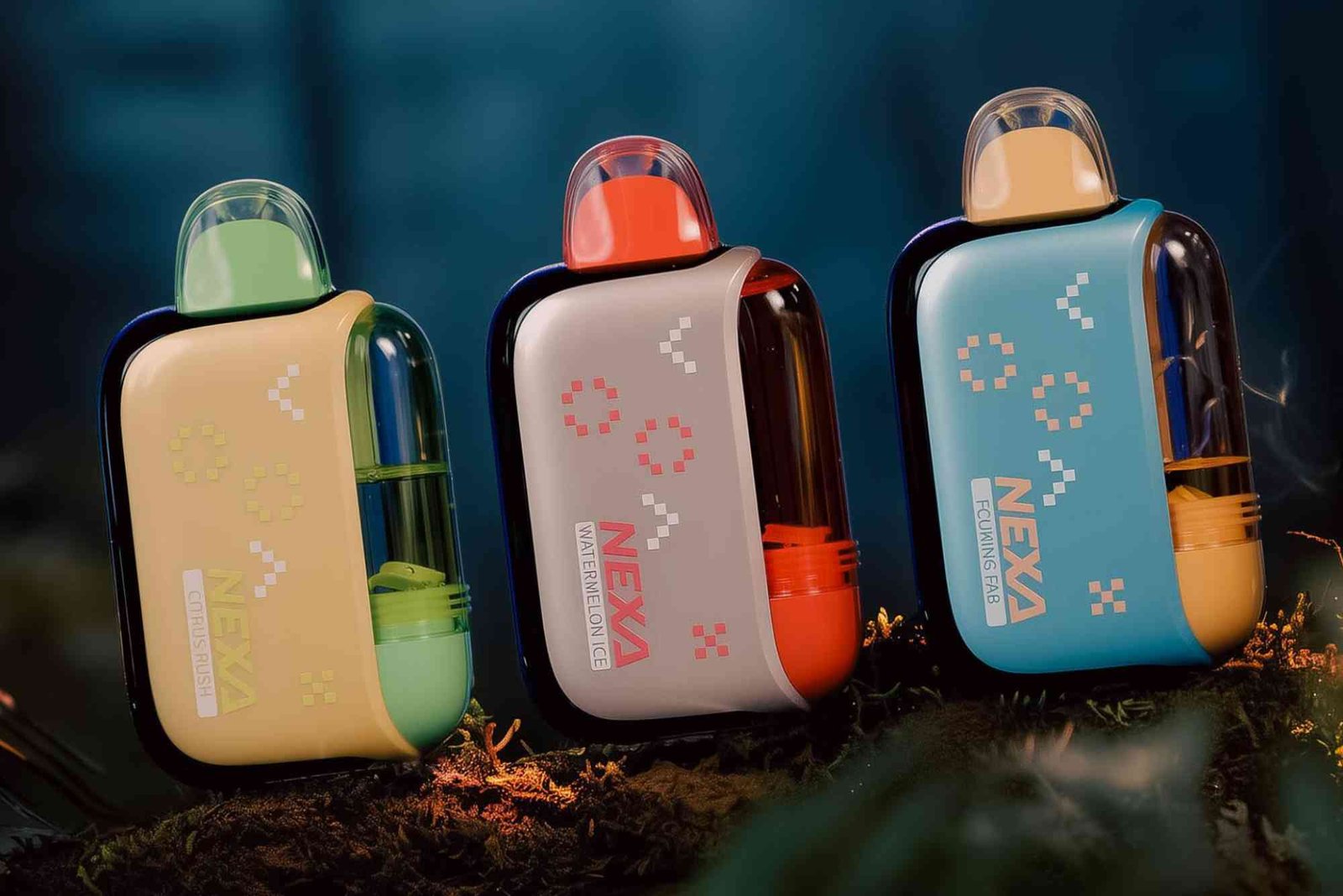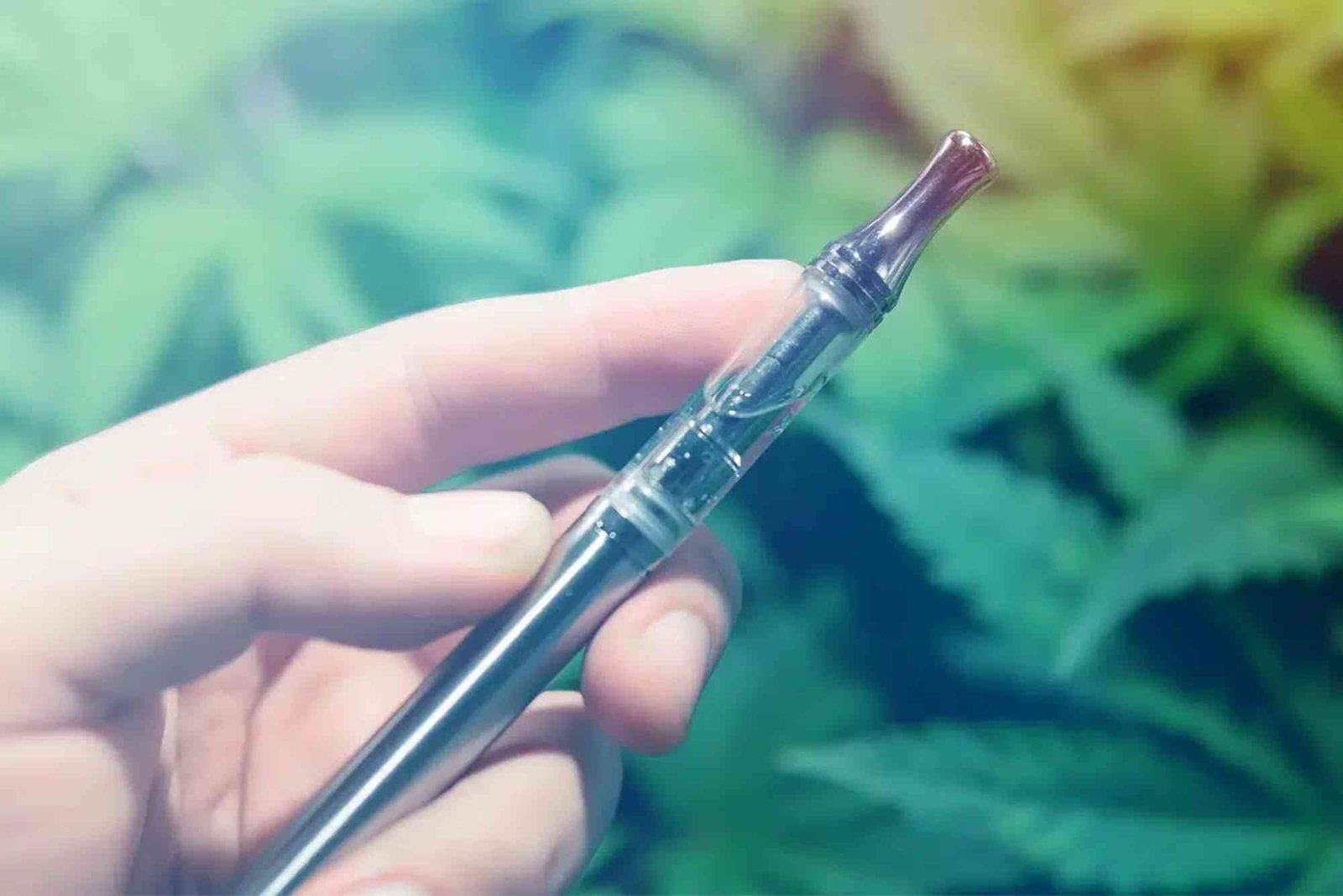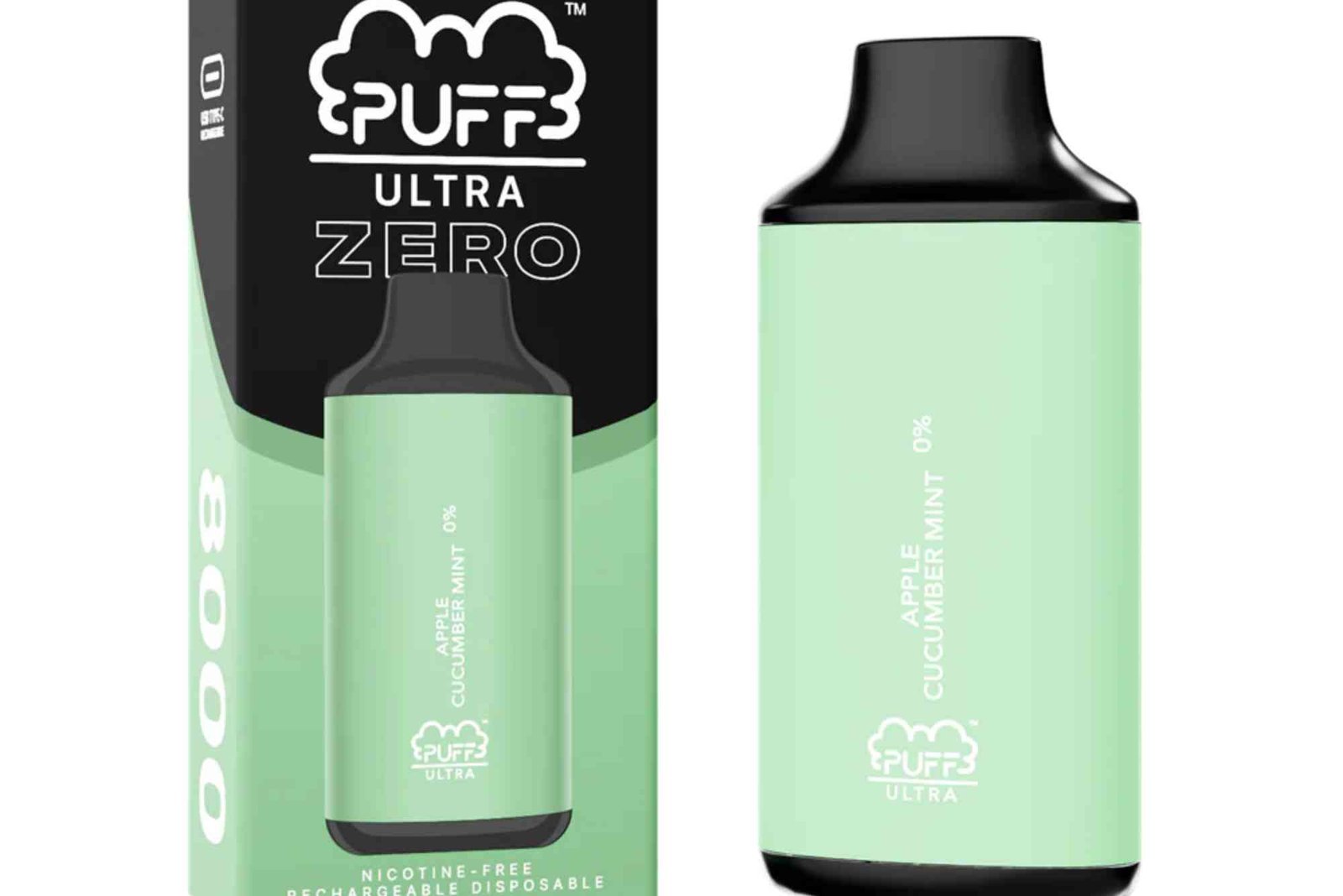The Environmental Impact of Vaping: What You Should Know
Vaping is often marketed as a cleaner alternative to smoking, both for your body and the air around you. But is it really better for the planet? As vaping devices become increasingly popular, so do concerns about their environmental footprint. From disposable vapes to lithium batteries and plastic waste, the environmental impact of vaping is more complex than most users realize. This article takes a closer look at vaping and the environment, unpacking what it truly means for sustainability and ecological health.
How Vaping Devices Contribute to Environmental Pollution
Disposable Vapes and E-Waste
One of the biggest environmental concerns surrounding vaping is the growing use of disposable vapes. These are single-use devices that often contain lithium batteries, metal components, and plastic casings. Once discarded, they add to the planet’s mounting e-waste problem. Since they’re small and convenient, users often dispose of them improperly—throwing them in general waste bins or even on the streets.
The environmental issue here is twofold: first, these devices are rarely recycled due to their mixed materials and battery risks. Second, improperly disposed batteries can leak chemicals into the soil and water systems, contaminating ecosystems and harming wildlife.
Batteries and Heavy Metal Contamination
Most modern vapes use lithium-ion batteries. While efficient and powerful, lithium mining itself causes significant environmental degradation, including water pollution and deforestation. When these batteries end up in landfills, they can leak hazardous materials like cobalt, nickel, and manganese, contributing to soil and water contamination.
The extraction of these metals is energy-intensive and leaves behind toxic by-products. So, the more demand there is for vapes, the more strain there is on our natural resources.
Plastic Waste and Non-Biodegradable Materials
The plastic used in vape cartridges, pods, and packaging is non-biodegradable. Over time, it breaks down into microplastics, which persist in the environment for hundreds of years. These microplastics often find their way into rivers and oceans, harming marine life and entering the human food chain through seafood consumption.
Even refillable devices aren’t entirely eco-friendly. Many use plastic-based tanks and coils that need regular replacement, resulting in ongoing plastic waste.
The Manufacturing Process: Behind-the-Scenes Pollution
Carbon Footprint of Production
The production of vaping devices involves a wide supply chain—mining, manufacturing, packaging, and transportation. Each stage contributes to greenhouse gas emissions. Producing metals for batteries, shaping plastic components, and assembling electronics all consume large amounts of energy.
Vape manufacturers often outsource production to factories with little regulation on emissions, especially in countries with lower environmental standards. This adds to the hidden carbon footprint that users rarely consider when buying a device.
Chemical Waste from E-Liquid Production
E-liquids contain substances like propylene glycol, vegetable glycerin, nicotine, and various flavorings. During manufacturing, the chemical processes can release harmful compounds into the air and water. Many small-scale e-liquid producers may not have adequate waste management practices, which can lead to the disposal of chemical residues in local water systems.
Additionally, spilled or expired e-liquid can be harmful to animals and water life if not disposed of properly. Nicotine is a known insecticide and can be toxic in high concentrations.
Improper Disposal: A Growing Environmental Hazard
Lack of Standard Recycling Programs
One of the most significant issues with vaping and the environment is the lack of standardized recycling options. Vapes are considered both electronic waste and hazardous waste due to their batteries and nicotine residue. However, most users are unaware of this and throw them away like regular trash.
In many places, no specific infrastructure exists for vape recycling. Even vape shops and retailers often don’t offer take-back programs, leaving users with no convenient way to dispose of their devices responsibly.
Environmental Harm from Littering
Vape-related litter is becoming a common sight, particularly in urban areas. Cartridges, pods, and devices are frequently found on sidewalks, parks, and beaches. These small items may seem insignificant, but they can be consumed by birds or aquatic animals, leading to serious health consequences or death.
Over time, discarded vapes degrade into micro-waste that blends into the soil or waterways, further contaminating the environment without any obvious signs.
Are Reusable Vape Devices Any Better?
Reusable or refillable vapes are often marketed as the eco-friendly alternative. While they do reduce the number of single-use items, they are not a perfect solution. These devices still require charging, maintenance, and periodic replacement of coils and tanks—all of which add to the environmental load.
That said, choosing a high-quality reusable device and maintaining it well can significantly reduce your waste footprint compared to constantly using disposable models. The key lies in how long you use the device and how you dispose of its components when it’s time to upgrade.
Sustainability in the Vaping Industry: Is There Hope?
Efforts by Manufacturers
Some companies are starting to recognize the environmental concerns tied to vaping. A few have introduced eco-conscious initiatives, such as recyclable packaging, refillable pods, and take-back programs for old devices. These efforts are still in the minority but mark a step in the right direction.
Innovations are also underway to create biodegradable components and more efficient batteries with less environmental impact. However, widespread adoption of these technologies will take time, regulation, and consumer demand.
Policy and Regulation Gaps
Currently, many governments lack specific policies regarding vape waste disposal and recycling. Without regulatory pressure, manufacturers and consumers are unlikely to change behaviors on their own. Stronger laws are needed to classify vapes properly as hazardous e-waste and to mandate recycling schemes.
Education campaigns can also help by informing users how to dispose of vapes correctly and encouraging them to choose more sustainable options.
What Can You Do as a Vaper?
Even though the vaping and environment connection is complex, individual users can make meaningful changes. Opt for reusable devices instead of disposables. Buy from companies that offer recycling programs or sustainable packaging. Never throw vapes or cartridges in the trash or on the ground.
Instead, look for local e-waste recycling centers that accept small electronics or batteries. If you’re unsure, ask your vape shop whether they offer a take-back service. Every responsible choice adds up.
Choose Wisely, Vape Responsibly
While vaping may pose fewer health risks than traditional smoking, its environmental impact is significant and growing. From e-waste to chemical pollution, vaping touches many areas of ecological concern. As consumers, we have the power to influence the industry by making informed, sustainable choices.
FAQs
Is vaping better for the environment than smoking?
Vaping may release fewer toxins into the air than smoking, but it generates significant e-waste and plastic pollution. Its environmental footprint can be worse due to improper disposal and non-recyclable materials.
Are disposable vapes recyclable?
In most cases, no. Disposable vapes contain mixed materials and lithium batteries, making them difficult and hazardous to recycle without specialized facilities.
Can vape pods be reused or recycled?
Some pods are designed for refilling, but many are single-use. Most are made of plastic and metal, and not all can be recycled through regular programs.
What should I do with old vape devices?
Take them to a certified e-waste recycling center. If your local vape shop offers a take-back program, that’s another responsible option.
Are there eco-friendly vape options?
Yes, a few companies offer biodegradable components, recyclable packaging, and refillable systems. Look for brands that actively promote sustainability.


